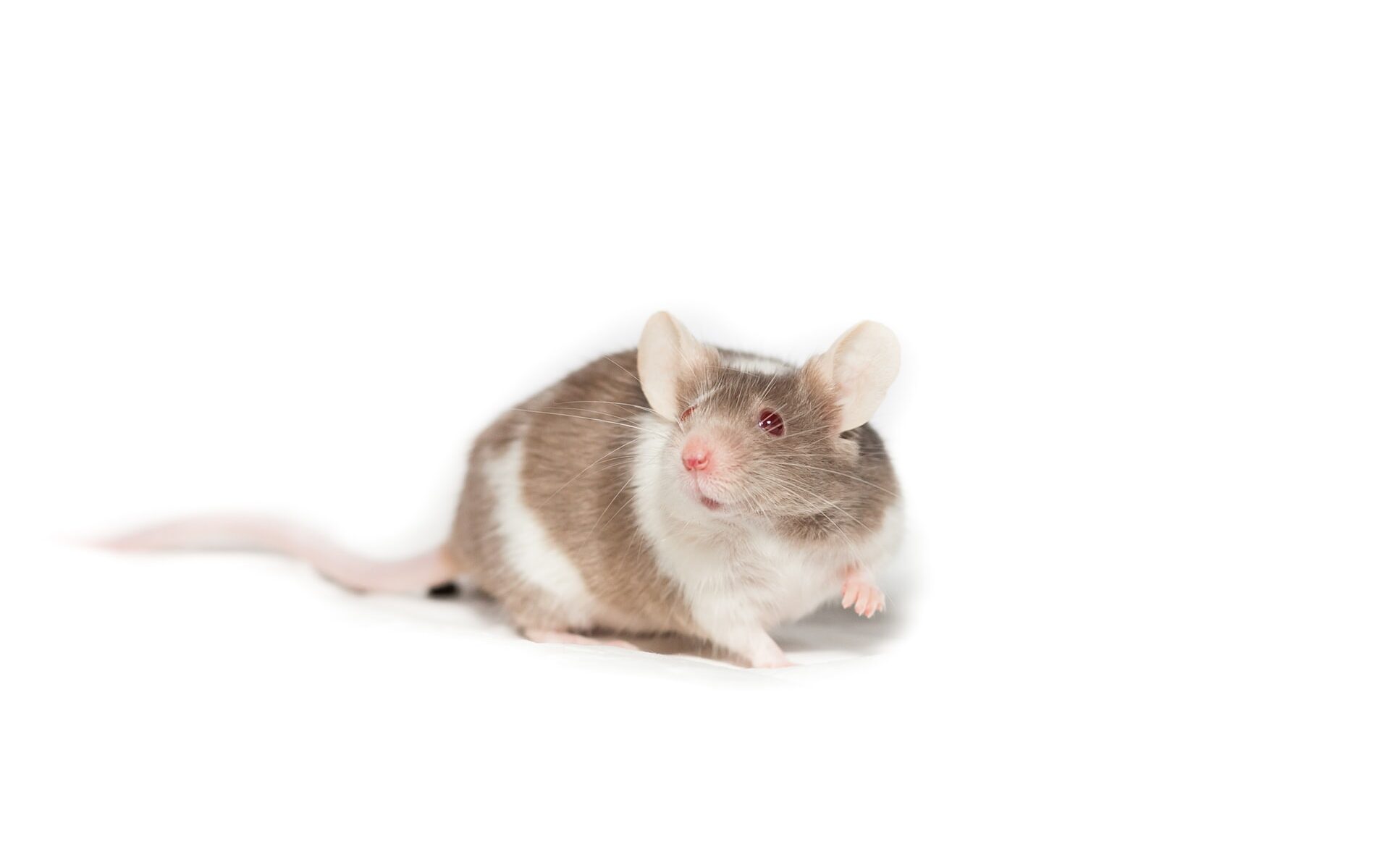
Fentanyl is one of the most commonly used analgesics in the hospital and, in rodents, may have lasting sensorimotor and behavioural impacts. A study published in the British Journal of Anaesthesia has shown that fentanyl can induce changes similar to autism-like behaviours in young mice.
Fentanyl, a mu-opioid receptor agonist, is a potent synthetic opioid, which, similar to morphine, produces analgesia but is 50 to 100 times more potent. A dose of only 100 micrograms can produce equivalent analgesia to approximately 10mg of morphine. However, fentanyl exhibits vastly different properties and pharmacokinetics. Clinically, its most common use is as a sedative in intubated patients and severe cases of pain in patients with renal failure due to its primarily hepatic elimination. Fentanyl’s side effects are similar to those of heroin.
However, whether the use of fentanyl is associated with the development of autism is not known. An animal study led by investigators at Massachusetts General Hospital (MGH), Shanghai 10th People’s Hospital, and the University of Pennsylvania e. The findings are
Research by other groups has shown that N-methyl-D-aspartate receptor dysfunction contributes to autism. Variations in Grin2a and Grin2b, the genes encoding GluN2A and GluN2B subunits of N-methyl-D-aspartate receptor, are associated with autism. In addition, the anterior cingulate cortex of the brain is affected in autism.
In this current study, the research team reported that fentanyl induces autism-like behaviors in young male and female mice via activating the mu-opioid receptor in the anterior cingulate cortex. Further, these fentanyl-induced autism-like behaviors appear partially due to the hypermethylation-mediated reduction of Grin2b expression in the anterior cingulate cortex of mice.
“Because the anterior cingulate cortex is a hub for mediating social information, we focused on the expression of Grin2b in that area,” says Yuan Shen, MD, PhD, the paper’s senior author and a professor of Psychiatry at Shanghai 10th People’s Hospital. “We found fentanyl decreased expression of Grin2b in the anterior cingulate cortex. The overexpression of Grin2b prevents fentanyl-induced autism-like behavior in the mice. These findings suggest a potential mechanism to prevent or treat the autism-like behavior,” says Shen.
The group used an open field test (in which a mouse can walk inside a box) and an elevated plus-maze (in which a mouse can walk on an elevated platform) to observe the anxiety and stereotyped behaviours of mice. Using a three-chamber social preference test (where a mouse can interact with another mouse), they also assessed potential social deficits. “We used these tests because impaired social interaction, stereotyped behaviours, and anxiety are the key feature of autism-like behaviours in mice,” said Zhihao Sheng, co-first author of the paper. Sheng is a graduate student at Shanghai 10th People’s Hospital.
“However, the changes of mice in these behavioral tests do not equal autism in humans. These behavioral tests are only used to study the autism-like behaviors in mice because they can demonstrate certain features of behavior changes similar to the manifestation of autism,” said co-first author Qidong Liu, PhD, assistant professor at Shanghai 10th People’s Hospital.
Co-senior author Zhongcong Xie, MD, PhD, added: “There is no current evidence that fentanyl is associated with a similar effect in humans and the outcome of the animal study is not an indication to avoid fentanyl in clinical anesthesia. However, the outcome will promote further research, including clinical investigations, to determine the potential neurobehavioral influence of opioids on brain development.”

